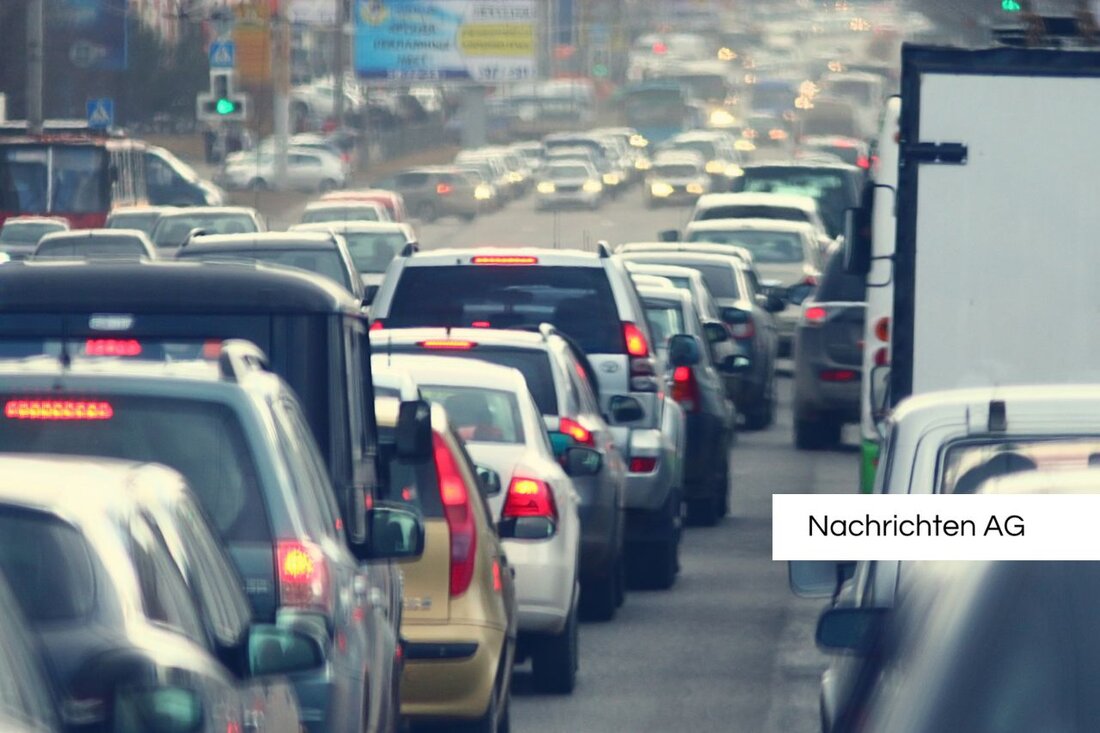Alpenrheintal in change: return of nature and its inhabitants!
In the Alpenrheintal, a new documentation shows the renaturation measures to promote biodiversity and animal species.

Alpenrheintal in change: return of nature and its inhabitants!
In the Alpenrheintal, a new understanding of the coexistence of nature and man is encouraged. A central goal is the renaturation that aims to create both old and new habitats for animals and plants. These initiatives are particularly important because people have significantly redesigned the area for centuries, which is manifested, among other things, in the regulated course of the Rhine. A rethink seems to be found: the Alpenrheintal is supposed to be wilder and more natural again. This transformation is illuminated in the documentary "The Alpine Rhine Valley - where nature is reinvented", which is broadcast on ORF 2 and ORF ON on June 10, 2025 at 8:15 p.m. [ots.at] (https://www.ots.at/presseaus-sung/ots_20250605_ots0090/neues-oesterreich-universum--das-alpenrheintal-fuer-se-buhner--------
The Alpenrhein, which begins where Vorderrhein and Hinterrhein combine, forms a natural border between Switzerland, Liechtenstein and Austria. It finally flows into Lake Constance, where numerous migratory birds are looking for food in the Rheindelta in autumn. The species living there belong to brach birds and ducks while wandering falcons hunt them. For the recreational seekers, gravel benches were created that serve as rest areas.
protection of endangered species
The protection of the lapwings in the Alpenrheintal is particularly noteworthy. This species of bird returns to the Auer Ried in spring, although their stocks in Europe are at risk. Here it is supported by targeted measures by humans to maintain the last populations. In addition, Biber had once disappeared from many parts of Europe and could be successfully resolved in the Alpine Rhine Valley. The beavers play a crucial role by creating habitats for other animals, which is done by falling trees and the congestion of water.
Man has also closed drainage channels in nature reserves to create retreats for endangered species such as the obstetrician toad, river tank and lizard. The biologist Leander Khil emphasizes that despite positive initiatives, some bird species are still in decline and hopes for the success of nature conservation measures in the Alpenrheintal. In addition, the natural filmmaker Mario Kreuzer paints a picture of the essential participation of the population in these protective measures.
renaturation as an important protective factor
The context of the renaturation is not only limited to the Alpenrheintal. In other regions, such as North Rhine-Westphalia, the relevance of natural river and streams shows for flood protection. In particular, the flood disaster in Rhineland-Palatinate and North Rhine-Westphalia last year underlines the need to promote natural habitats in order to better protect people and the environment. Auen not only serve as retreat areas for many animal species, but also contribute significantly to climate protection by storing greenhouse gases, as the NRW Foundation explains.
The NRW Foundation promotes numerous floodplain protection projects on over 1,500 hectares in North Rhine-Westphalia. A striking example is the area of the Urdenbacher Kämpe near Düsseldorf, where floods are recorded in Auenwiesen to reduce the effects on urban areas. Renaturation measures not only led to the return of animal species such as white storks and nightingales, but also improves biodiversity in the region. In Germany, natural meadows have become rare; Only a third of the original flood areas still exist.
The positive effects of renaturation projects are undisputed because they not only improve water quality, but also create valuable habitats. The call to mindfulness in dealing with these protected habitats remains essential to preserve the rich biodiversity for future generations.

 Suche
Suche
